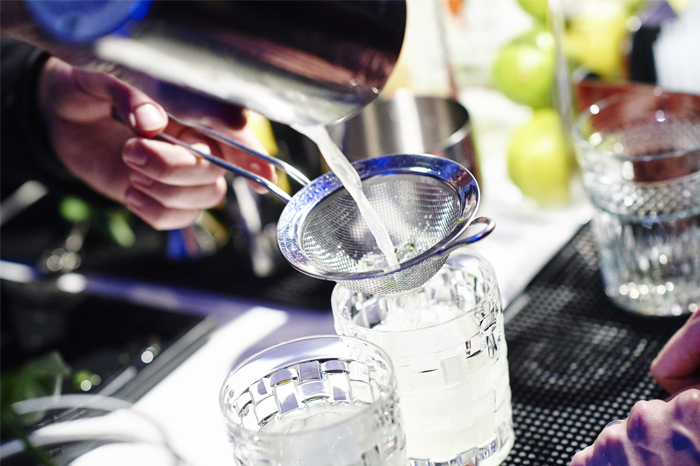Introduction
The arts of macerating, distilling, ageing & mixing spirits allow for endless innovation. With ever new techniques and combinations tried out, hundreds of new spirits & cocktails are successfully launched every year. The spirit of innovation, exploration & discovery thus stands at the heart of our sector.
Two major innovation trends in spirits that can currently be observed are the premiumisation trend and the trend towards no- and low-alcoholic ‘spirits’:
- Premiumisation describes the broad trend of consumers ‘trading up’ and choosing more premium products in the quest for unique, authentic consumption experiences. In recent years, premiumisation has become a key driver behind value growth in spirits sales around the world, as consumers look for increasingly exciting and high-quality experiences and choices to suit their tastes. Of all alcohol beverages, spirits are best placed to answer to the premiumisation trend thanks to the breadth of the category and its unique ability to produce complex, high-value, aspirational products supported by traditional skills and techniques such as, for instance, macerating, mixing or ageing. Premiumisation is multi-faceted and has many aspects that are worthy of promotion. From a public health perspective, whilst not a silver bullet, premiumisation deserves to be better understood and further examined in terms of its potential contribution and role in helping consumers move away from risky drinking patterns and reducing alcohol-related harm.
- The new, fast-growing category of no- and low-alcoholic ‘spirits’ marks yet another step in the convergence of innovation and development alongside the preservation of existing, century-old traditions as manifested in the 47 spirit drinks categories. The multiple new product launches in this category in recent years are a strong testimonial to the ability of Europe’s spirit drinks sector to innovate and respond to consumers’ demands by broadening product choice. The new product category enjoys increasing popularity among European consumers of legal drinking age and is part of a broader trend among European consumers to differentiate their consumption and to adjust drinks preferences to occasions. In terms of their presentation, packaging, taste profile or consumption pattern, products in this category are structurally similar, comparable to or alternatives to traditional spirit drinks – such as, for instance, gin.

